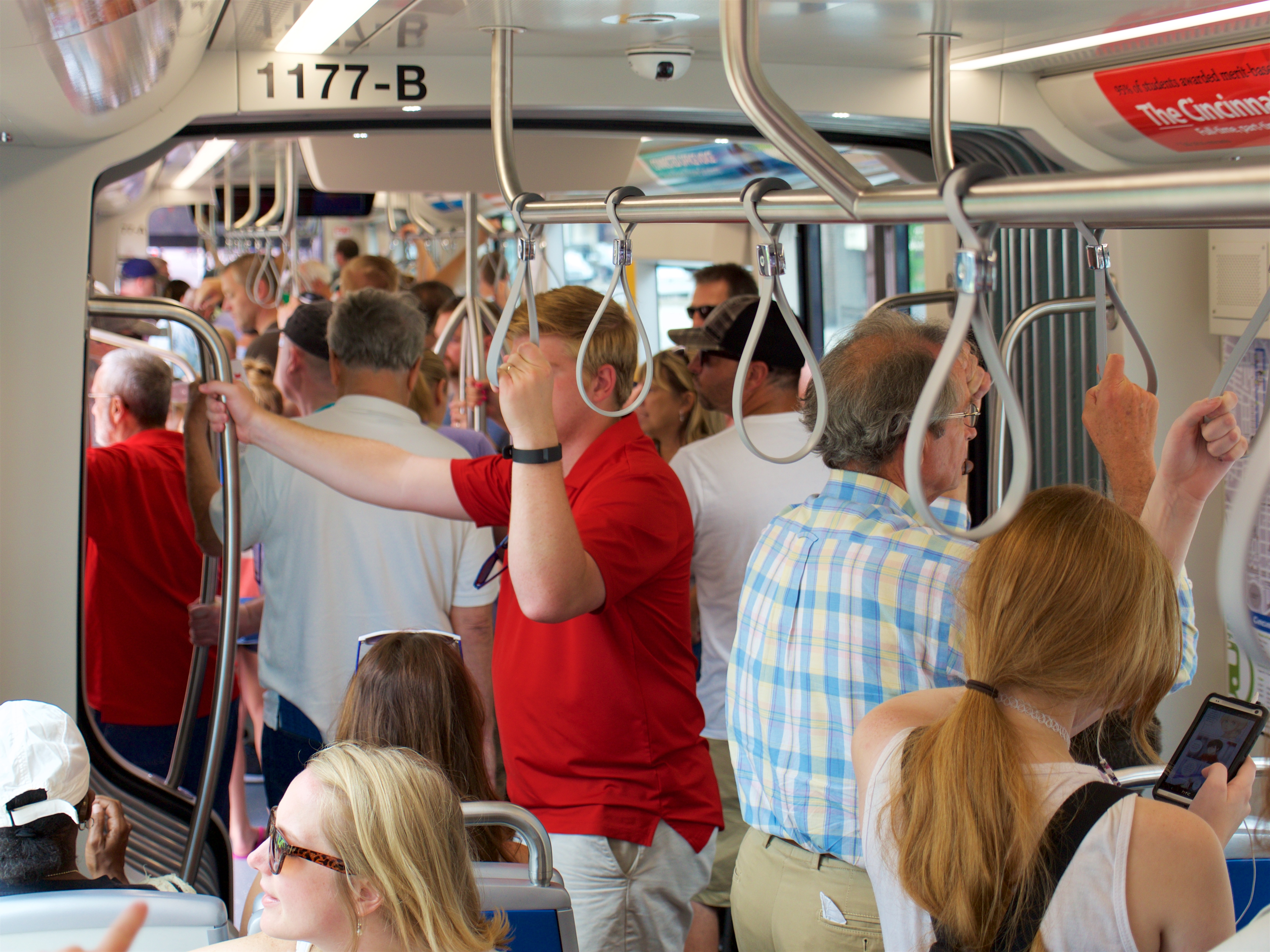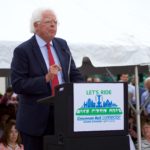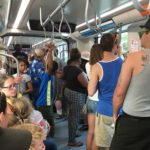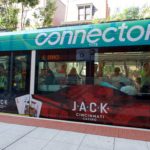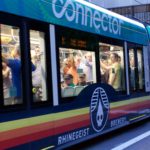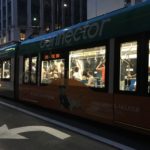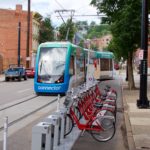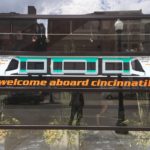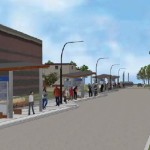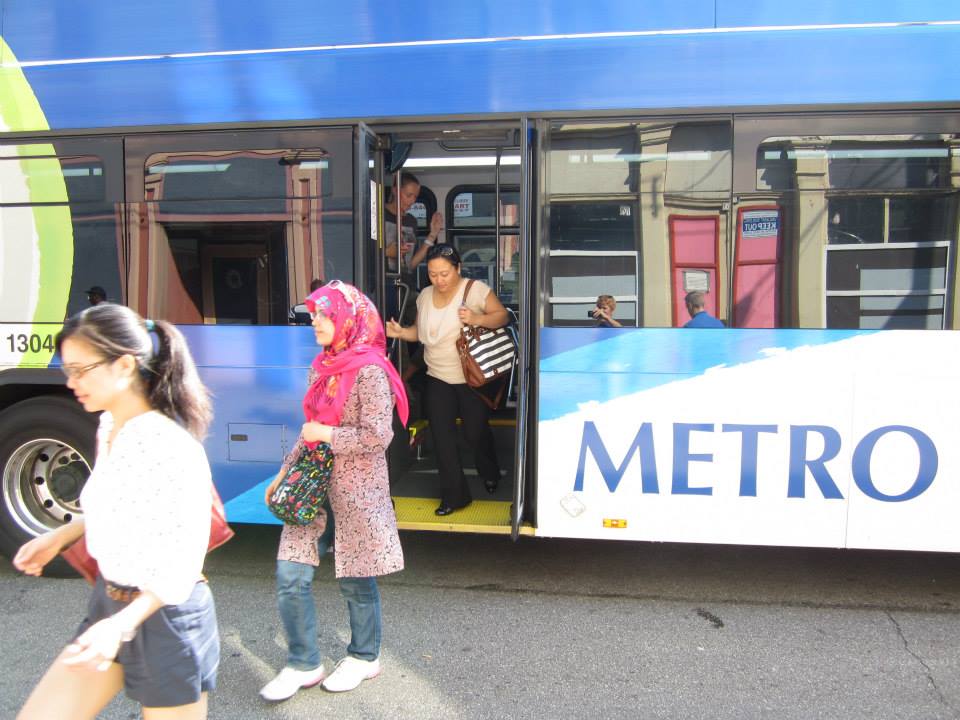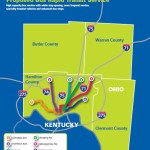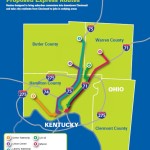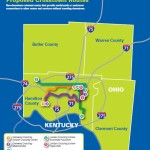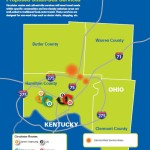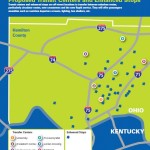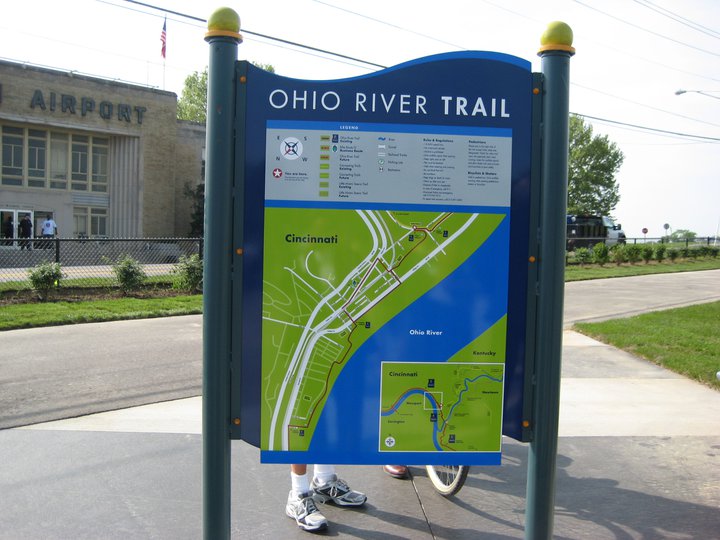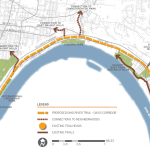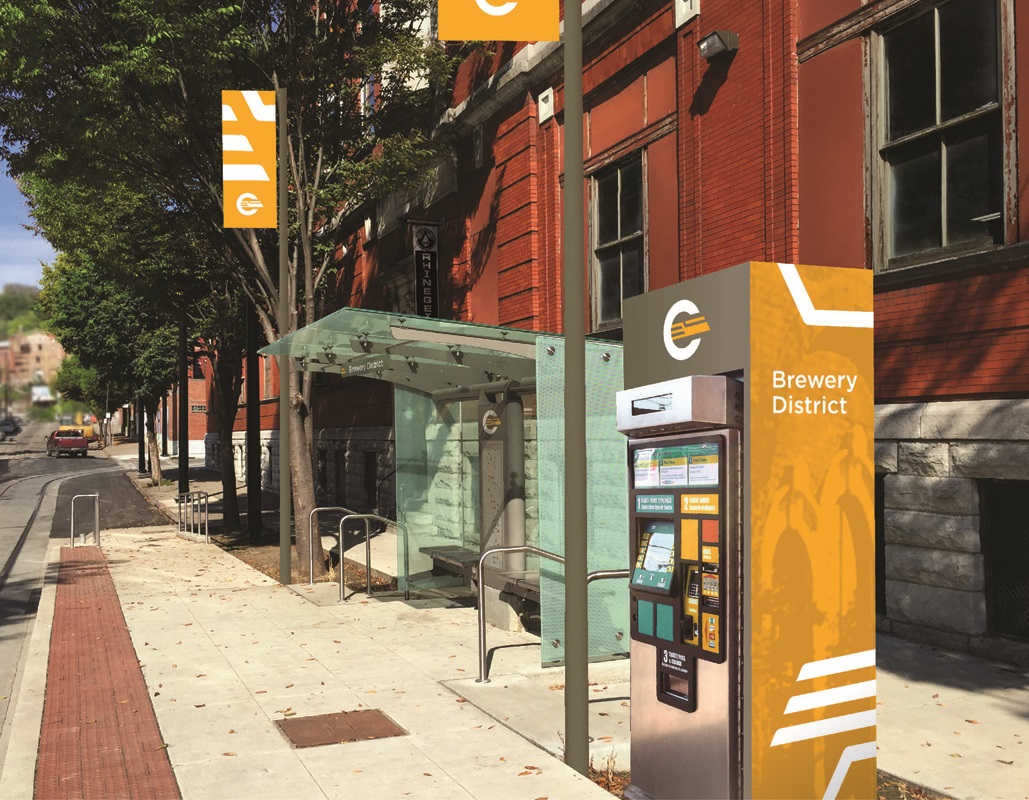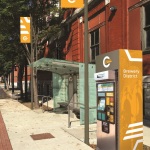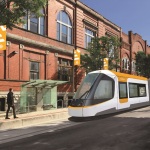The much-awaited Cincinnati Bell Connector opened to the public on Friday, September 9, and gave over 50,000 rides during its grand opening three-day weekend.
Councilwoman Amy Murray, who serves as Chair of the Major Transportation and Regional Cooperation Committee, hosted the grand opening ceremony at Washington Park. In addition to Murray, there were 12 speakers including current and former politicians, transit officials, and business leaders. Many of the speakers thanked the streetcar supporters who kept the project going over the years as it faced obstacle after obstacle. Several used the opportunity to call for an expansion of the system, with former mayor Mark Mallory saying that it’s not a question of “if,” but “when” and “where” the streetcar goes next.
After the first five ceremonial rides, the Connector opened to the public around noon. It was free to ride all weekend thanks to donations from Believe in Cincinnati, streetcar manufacturer CAF, Cincinnati Bell, Fred Craig, the Haile Foundation, and Joseph Automotive Group. Each station was staffed with volunteers who helped inform riders about the how the system works, where it goes, and how to pay your fare after the start of revenue service. Additionally, a number of special events and activities took place place near each of the streetcar stations, ranging from DJs to ballet dancers to sidewalk chalk artists. Many businesses along the route offered special streetcar-themed food, drinks, and merchandise.
The system initially opened with four out of the five streetcars in service, but the fifth was put into service around 4 p.m. on Friday and all five continued to operate for the remainder of the weekend. The system operated at nearly maximum capacity all weekend, with lines of people waiting to board at each station.
Unfortunately, the system was forced to close on Saturday afternoon due to a bomb threat. The threat, which appears to be connected to similar threats made over the weekend at the Cincinnati Zoo and two local high school football games, was not believed to be credible, but the system was closed down as a precautionary measure. After a bomb-sniffing dog searched all five streetcars and found nothing, they were put back in to service.
Despite this setback, the system transported passengers on 18,141 trips on Friday, 17,160 on Saturday, and 15,345 on Sunday, for a grand total of 50,646 trips during the grand opening.
After the free weekend, revenue service began Monday morning on the Cincinnati Bell Connector. The fare is $1 for a two-hour pass, or $2 for an all-day pass. No streetcar-specific monthly pass is available, but a monthly Metro pass includes rides on the streetcar as well as Metro buses. Tickets can be purchased at kiosks at each station, or using the Cincy EZRide app which is now available in the iOS App Store and Google Play.
